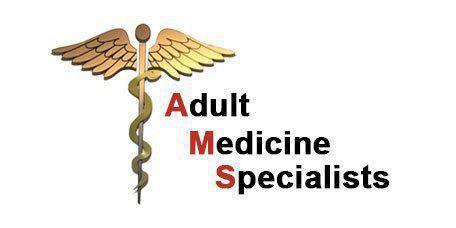Dr. Darren Wirtz and the staff of Adult Medicine Specialists of Las Vegas specialize in the use of Osteopathic Manipulative Treatment to help relieve pain and discomfort throughout the body. The doctor and staff serve residents who live in and around the Las Vegas, Nevada area.
Osteopathic Manipulative Treatment Q & A
What is an Osteopathic Manipulation Treatment?
Osteopathic manipulation treatment is a hands-on technique used by osteopaths. This technique involves manually moving the soft tissues and structures of the body in an attempt to uncover abnormalities and possible causes of illness and disease. The osteopath gently manipulates the tissue and moves the joints so they can feel for potential problems. They believe the body holds the answers to what is wrong or what is causing the health conditions a person is experiencing. By feeling the tissues and how they move, the osteopath can uncover the proper treatment that is needed to help restore balance to the body.
What Conditions or Symptoms will OMT Help?
The ultimate goal of OMT is to release the restriction of joints in the body. These joint restrictions can be responsible for a myriad of dysfunctions. We believe that if we remove the restriction, the body will heal itself and treat or eliminate the dysfunction. Osteopathic manipulation treatment is capable of helping a wide variety of symptoms and health conditions. Arthritis, asthma, fibromyalgia, chronic fatigue, and unexplained pain and inflammation are all conditions that can be effectively treated with osteopathic manipulation. An osteopath can palpate the body and manipulate the soft tissues to uncover possible causes of pain, inflammation, and other symptoms. Through this hands-on examination, the doctor can also determine what type of treatment will produce the best possible results. The osteopath can also uncover areas of weakness that could possibly increase the risk of an injury.
What Types of Treatment Can OMT Take the Place of?
Osteopathic manipulation can take the place of various types of diagnostic tools. While an ultrasound or sonogram may show the interior of the joint, the osteopath can feel the injury, its severity, and actually feel first hand how the body is reacting, this often gives the doctor the information they need to be able to choose the best possible treatment option for that particular injury. The doctor can feel the strength, the resistance, and the force that is needed to move or adjust the joint to a more natural position. This additional information will also help the doctor to determine what exercises are needed to be able to strengthen the area enough to prevent further damage.
